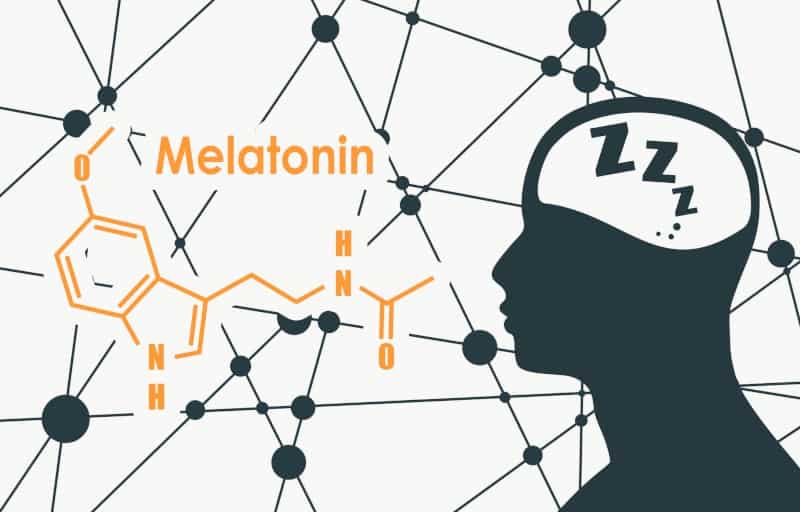Melatonin: The diabetes treatment of the future?
Diabetes is one of the world’s leading causes of death, affecting millions of people around the globe. Researchers now say: by reducing oxidative stress, the ‘sleep hormone’ melatonin might be useful in the management of diabetes symptoms and complications. Is there reason to hope?
By Soi Moi Chye
Diabetes is a metabolic disorder characterized by high blood sugar due to a build-up of glucose. Insulin helps cells take in glucose; however, when the pancreas cannot produce enough insulin or when the body cannot use this insulin properly, glucose becomes trapped in the blood.
Over time, high blood sugar can lead to, or aggravate, additional health problems, such as heart disease and stroke, leading diabetes to become known as the ‘silent killer’. Symptoms can be managed using various methods, however, these do come with side effects and there is currently no cure.
In an article, recently published in Hormone Molecular Biology and Clinical Investigation, researchers from Malaysia and New Zealand explain how melatonin may help in the fight against diabetes. Melatonin is a hormone mainly secreted by the pineal gland – a small endocrine gland in the brain. Its production is under the control of our circadian rhythm, so is inhibited in the morning and released during the night.

Diabetes and oxidative stress
Diabetes is commonly associated with oxidative stress – a state of imbalance between free radicals and antioxidants. An excess of free radicals can have several harmful effects within the body – including cell death.
According to the researchers, melatonin plays a big role in reducing oxidative stress as it is an antioxidant, as well as a free radical scavenger. “By using melatonin, diabetes and its related complications can be improved”, the researchers claim.
Moreover, melatonin has other beneficial effects and roles within the body, such as inducing the production of other antioxidants, maintaining homeostasis and regulating the wake-sleep cycle.
To find out more, read the original article here: